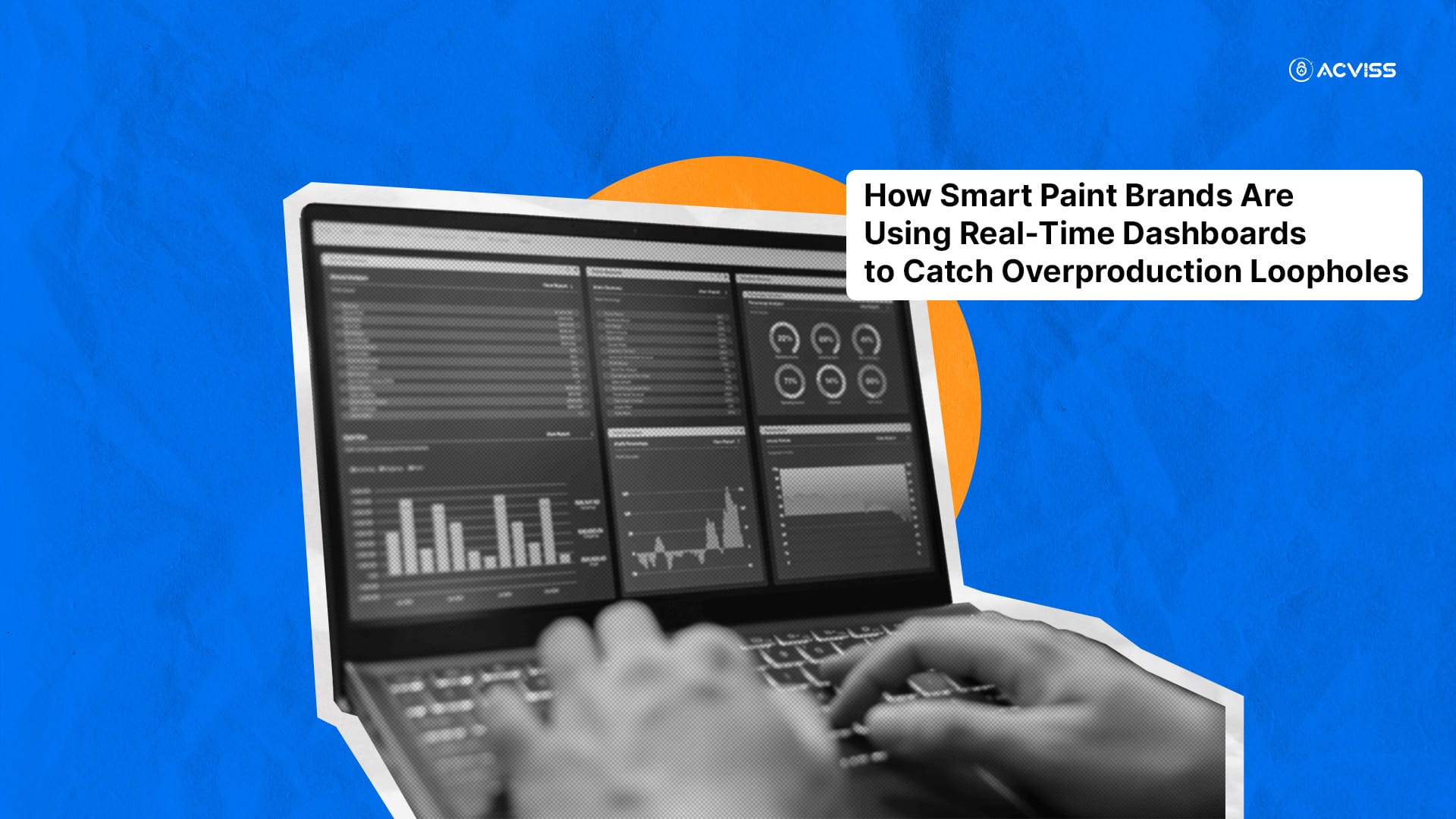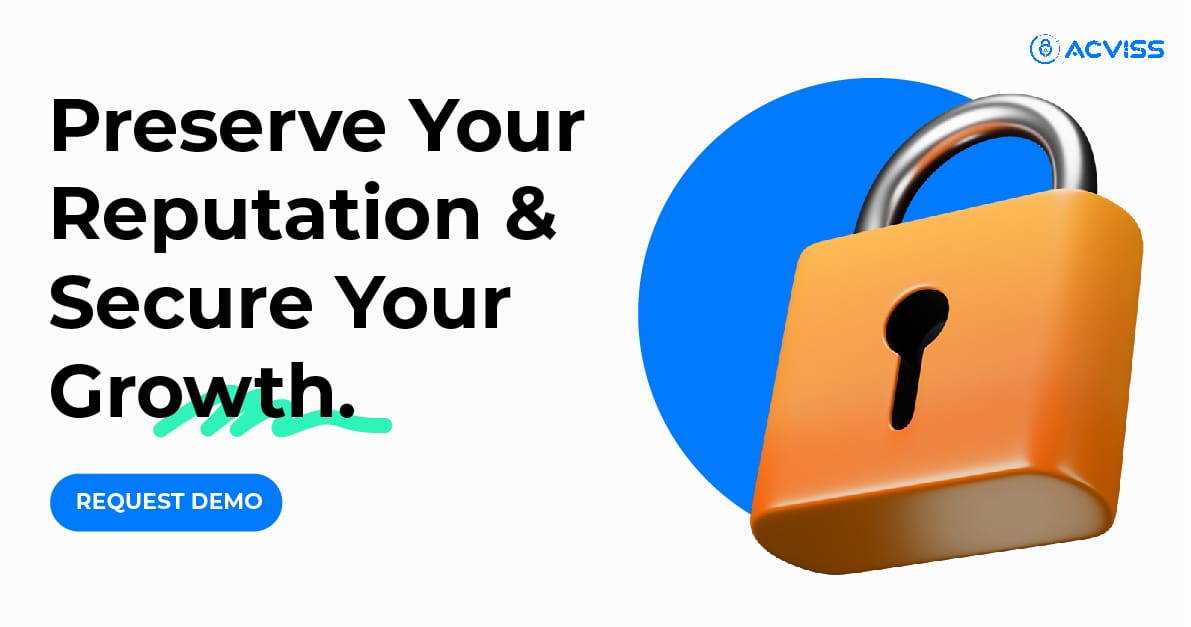How Smart Paint Brands Are Using Real-Time Dashboards to Catch Overproduction Loopholes

Overproduction in the paint industry often hides behind the illusion of higher output. While it may seem like a sign of efficiency, in reality, it creates surplus inventory, pressures supply chains, and exposes brands to risks of leakage, diversion, and even counterfeiting. Paint brands across the globe are beginning to realise that unchecked overproduction is not only a financial drain but also a reputational threat. Today, the adoption of digital dashboards and QR-based traceability has become a practical solution to tackle this hidden problem.
Why Overproduction is a Hidden but Costly Problem
1. Inventory Bloat and Financial Losses
Excess paint production fills warehouses with unsold stock. This ties up working capital, increases holding costs, and often results in expired inventory.
2. Environmental Consequences
Paint has a limited shelf life. Disposal of expired or unsold stock contributes to pollution, creating both regulatory and sustainability challenges.
3. Grey Market Diversion
When surplus paint leaks into unregulated channels, it disrupts pricing strategies and creates unfair competition.
4. Reputational Damage
Counterfeiters and grey-channel players exploit surplus inventory. The circulation of duplicate or unauthorised products damages consumer trust.

Why Traditional Monitoring Systems Fail
Most paint brands still rely on ERP systems, paper logs, or Excel sheets to track production. These approaches have fundamental gaps:
No unit-level traceability, making it impossible to distinguish genuine from fake products.
Batch-level reporting that provides data only after delays, leaving room for manipulation.
Limited ability to link production data with actual market movement.
No mechanism to detect mismatches between production and retail activity in real time.
This lack of visibility allows overproduction to remain undetected until losses pile up.
Real-Time Visibility: The New Standard
The paint industry is shifting toward real-time monitoring as the standard for operational control. Unlike static reporting, real-time dashboards enable brands to:
Track unit-level movement using secure QR codes on every paint can.
Identify mismatches instantly between production, dispatch, and retail activity.
Flag anomalies such as sudden spikes in production, duplicate scans, or products appearing outside approved territories.
This granular visibility transforms how brands control inventory, detect fraud, and prevent losses.
How Acviss Tackles Overproduction Loopholes
Forward-looking paint brands are now leveraging Acviss solutions to detect and prevent overproduction. Key components include:
1. Secure QR Labels (Uniqolabels)
Every paint can carries a non-cloneable, tamper-evident QR code. This ensures authenticity at the unit level and provides the foundation for accurate tracking.
2. Real-Time Authentication at Distribution Points (Certify)
Dealers and distributors scan paint cans at handover points. These scans confirm genuine product movement and raise alerts for duplicate or out-of-region activity.
3. Live Dashboards and Geo-Mapping (Origin)
Acviss Origin gives manufacturers real-time dashboards to monitor distribution by SKU, plant, or geography. Brands can instantly detect overstocking, abnormal spikes, or backdoor diversions.
Preventing Dealer Abuse and Fake Returns
Dealer abuse often goes unnoticed in traditional systems. Fake returns, stockpiling, or manipulated expiry claims erode margins. With scan-pattern analysis, Acviss detects:
Abnormal scan sequences, such as warehouse scans after retail activity.
Inflated return claims backed by duplicate or invalid codes.
Patterns of stockpiling in specific regions.
This adds another layer of protection for brands.
Geofencing: Limiting Grey Market Spread
Geofencing allows brands to control where their products can be scanned. For paint brands operating under state-wise licensing or territory distribution models, geofencing in the industry ensures:
Products cannot be authenticated outside approved zones.
Alerts are triggered when diversion to unauthorised markets occurs.
Brands maintain strict channel control to minimise leakage.
Before and After Acviss: A Snapshot
Feature | Before Acviss | After Acviss |
|---|---|---|
Can-level tracking | Not possible | Every can is linked to the origin point |
Distributor abuse | Often undetected | Identified through scan analytics |
Channel visibility | Delayed and incomplete | Real-time alerts via dashboards |

Supporting Compliance and Sustainability
Traceability is not just about profit protection; it aligns with regulatory and environmental frameworks. In India, compliance with BIS standards and Extended Producer Responsibility (EPR) rules requires brands to account for expired or discarded paints. With unit-level traceability and dashboards like Origin, manufacturers can:
Track expiry dates and manage end-of-life disposal responsibly.
Demonstrate compliance with environmental protection guidelines.
Strengthen sustainability commitments by reducing waste.
Getting Started with Traceability in Paint
For brands considering this transition, the process can be streamlined:
Choose a secure QR provider to ensure authenticity.
Deploy dashboards with alerts and geofencing controls.
Train distribution partners on scan protocols.
Case Example: Detecting Overproduction with Acviss
A leading Indian paint manufacturer detected discrepancies between production data and market activity. Acviss implemented Uniqolabels with QR-based traceability and Origin dashboards across select factories. Within six weeks:
Overproduction spikes were flagged in two facilities.
13% of scans occurred outside approved territories.
Grey market diversions were detected and stopped.
The brand reported saving over ₹2.3 crore in one quarter by plugging overproduction loopholes.
Overproduction is a Strategic Problem
Overproduction is not just a supply chain challenge; it is a financial, reputational, and compliance risk. Paint brands that continue to rely on outdated monitoring methods will find themselves vulnerable to hidden losses and market dilution.
By adopting QR-based traceability and live dashboards, manufacturers can shift from reactive firefighting to proactive control. Solutions like Acviss Origin empower paint brands to maintain transparency, prevent diversion, and secure consumer trust.
For paint manufacturers looking to modernise operations and eliminate overproduction risks, the path forward is clear: secure, monitor, and act in real time.
Want to find out how Acviss can protect your paint manufacturing operations from overproduction and counterfeiting? Book a free demo
